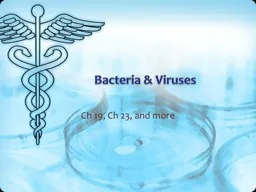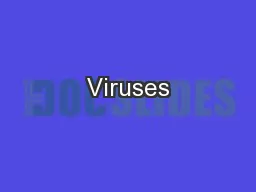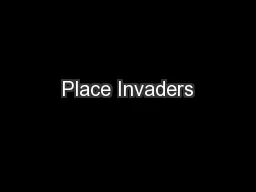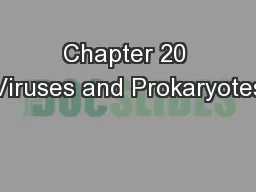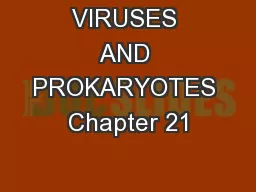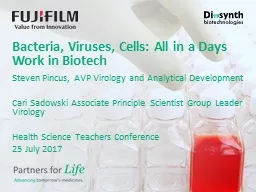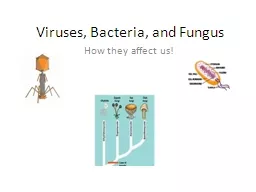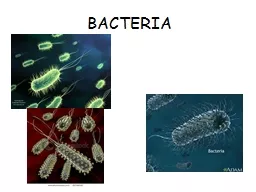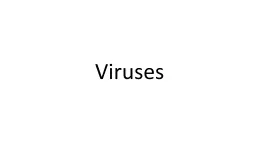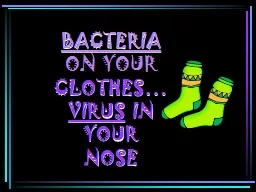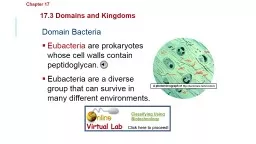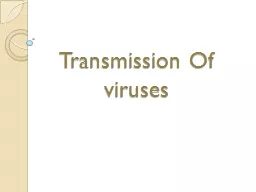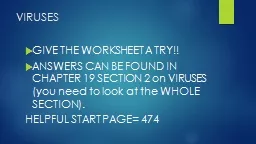PPT-Bacteria & Viruses Ch
Author : mitsue-stanley | Published Date : 2018-02-16
19 Ch 23 and more Bacteria amp Virus Overview Interesting stuff We live with bacteria and viruses constantly but most people dont know much about them In this
Presentation Embed Code
Download Presentation
Download Presentation The PPT/PDF document "Bacteria & Viruses Ch" is the property of its rightful owner. Permission is granted to download and print the materials on this website for personal, non-commercial use only, and to display it on your personal computer provided you do not modify the materials and that you retain all copyright notices contained in the materials. By downloading content from our website, you accept the terms of this agreement.
Bacteria & Viruses Ch: Transcript
Download Rules Of Document
"Bacteria & Viruses Ch"The content belongs to its owner. You may download and print it for personal use, without modification, and keep all copyright notices. By downloading, you agree to these terms.
Related Documents

